ChrisR
I'm a well known grump...
- Messages
- 11,026
- Name
- Chris
- Edit My Images
- Yes
A few people I follow on twitter have been showing cyanotypes (otherwise known as blue-prints), and they do look interesting. To back that up, I got an email from Stills in Edinburgh about their "Elementary blueprints" project (https://stills.org/learning/projects/), where they give away a sheet of cyanotype for users to expose to the elements any way they like, and contribute the results back. The sheet is free, except for the postage, so actually turns out to be a rather expensive way to get started! I've got mine, but have yet to decided what to do with it.
Sometimes this kind of media is described as "camera-less photography". You take a coated sheet, expose it to UV light (usually with some objects on its surface to make a design), then wash it to create the blue on white look. Some people stain it in tea and other liquids. See for example:
 View: https://www.instagram.com/p/B_eqIrcHIyl/
View: https://www.instagram.com/p/B_eqIrcHIyl/
(Made and (C) by Hilary Clarke, from Instagram... didn't really mean to include this in the post, rather to link to it, sorry!)
Anyway, I wondered if in this time of Lockdown, when it's hard to get out for a proper shoot and the best we can do is carry a camera on our daily exercise, whether folk would be interested in trying and comparing some cyanotypes.
AFAIK you can get started on this in two ways. The simplest is to buy already coated paper, and jump straight in. The other alternative is to buy a "kit", which includes the chemicals to mix together and then coat and dry your own paper. I'd have to call this blueprints to avoid lighting my OH's blue touch paper about dangerous chemicals! One advantage of this is that the unevenness of coating, and the ability to not coat all the paper, give additional creative possibilities, eg: View: https://www.instagram.com/p/B_MqnlSnIp6/?utm_source=ig_web_copy_link
View: https://www.instagram.com/p/B_MqnlSnIp6/?utm_source=ig_web_copy_link
(Also made and (C) by Hilary Clarke, from Instagram... ditto, sorry!)
It's probably cheaper in the long run as well, but more expensive to get started.
(I was surprised, when I did a search, that there didn't appear to be a thread about cyanotypes. They have however popped up from time to time in other threads, eg the "Show us yer film shots" IIRC.)
Anyway, watcher think?
Sometimes this kind of media is described as "camera-less photography". You take a coated sheet, expose it to UV light (usually with some objects on its surface to make a design), then wash it to create the blue on white look. Some people stain it in tea and other liquids. See for example:
 View: https://www.instagram.com/p/B_eqIrcHIyl/
View: https://www.instagram.com/p/B_eqIrcHIyl/(Made and (C) by Hilary Clarke, from Instagram... didn't really mean to include this in the post, rather to link to it, sorry!)
Anyway, I wondered if in this time of Lockdown, when it's hard to get out for a proper shoot and the best we can do is carry a camera on our daily exercise, whether folk would be interested in trying and comparing some cyanotypes.
AFAIK you can get started on this in two ways. The simplest is to buy already coated paper, and jump straight in. The other alternative is to buy a "kit", which includes the chemicals to mix together and then coat and dry your own paper. I'd have to call this blueprints to avoid lighting my OH's blue touch paper about dangerous chemicals! One advantage of this is that the unevenness of coating, and the ability to not coat all the paper, give additional creative possibilities, eg:
 View: https://www.instagram.com/p/B_MqnlSnIp6/?utm_source=ig_web_copy_link
View: https://www.instagram.com/p/B_MqnlSnIp6/?utm_source=ig_web_copy_link(Also made and (C) by Hilary Clarke, from Instagram... ditto, sorry!)
It's probably cheaper in the long run as well, but more expensive to get started.
(I was surprised, when I did a search, that there didn't appear to be a thread about cyanotypes. They have however popped up from time to time in other threads, eg the "Show us yer film shots" IIRC.)
Anyway, watcher think?
Last edited:










 another test 40, 45, 50 mins, still under but starting to get there.
another test 40, 45, 50 mins, still under but starting to get there. CyanotypeFarleton
CyanotypeFarleton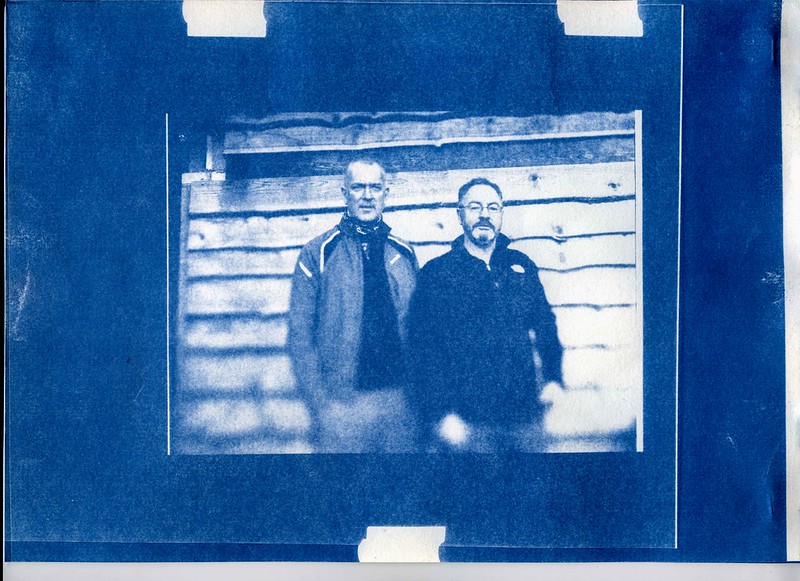 Dave and Nick
Dave and Nick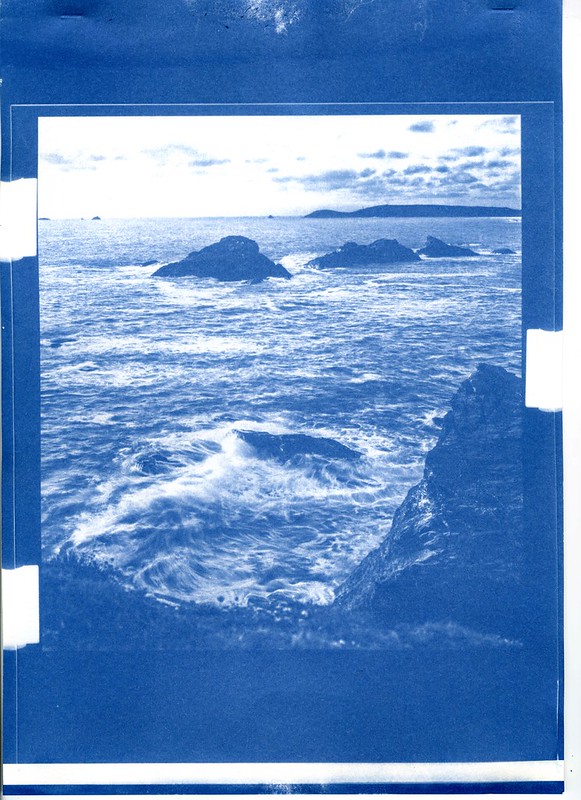 Cornwall
Cornwall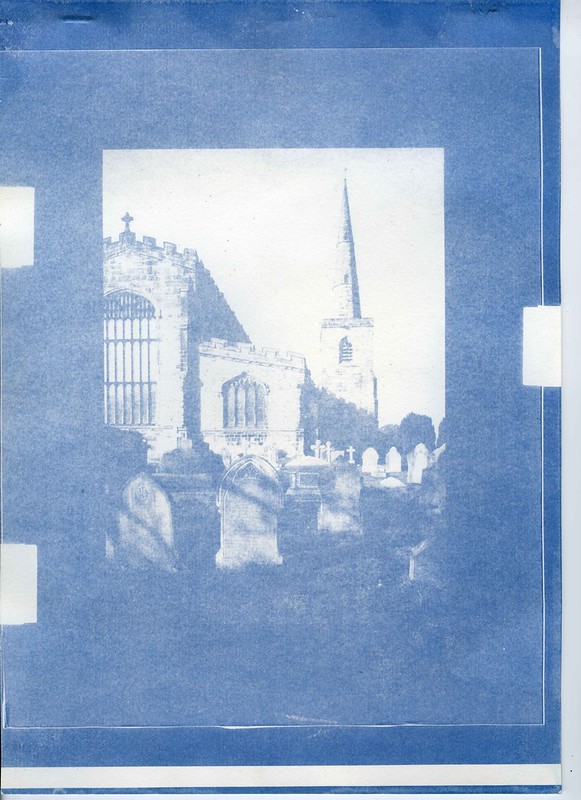 Astbury Church
Astbury Church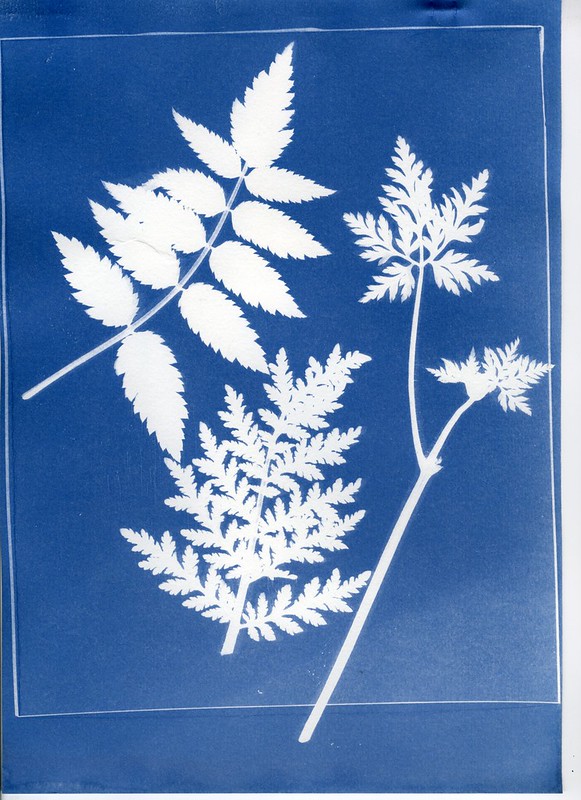 img032
img032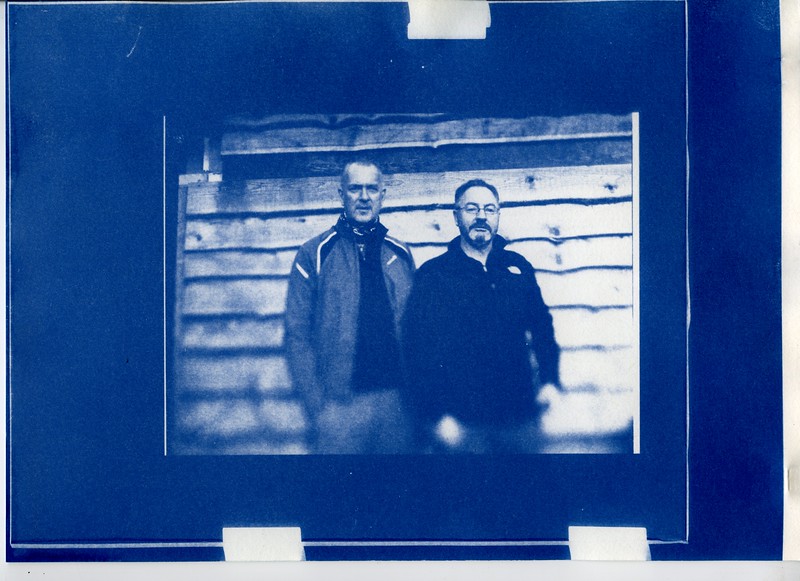 img033
img033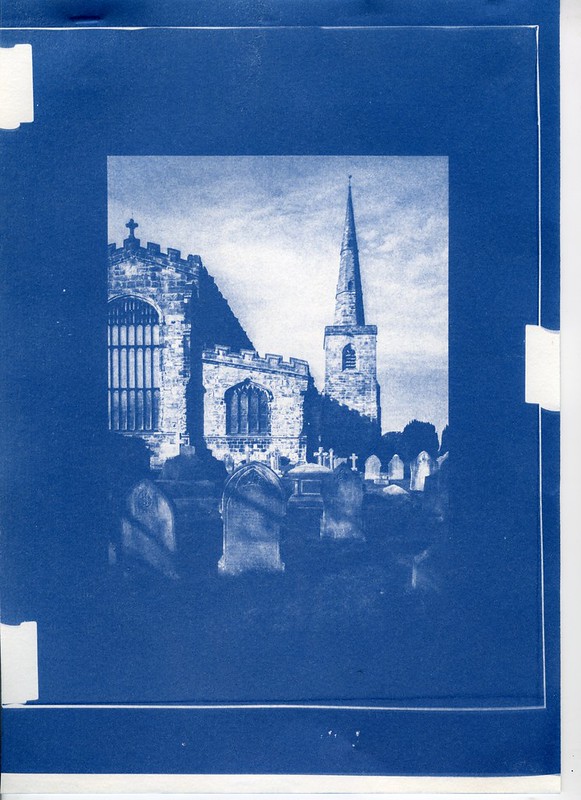 img035
img035







